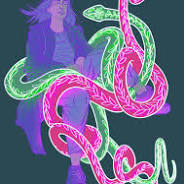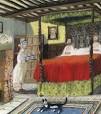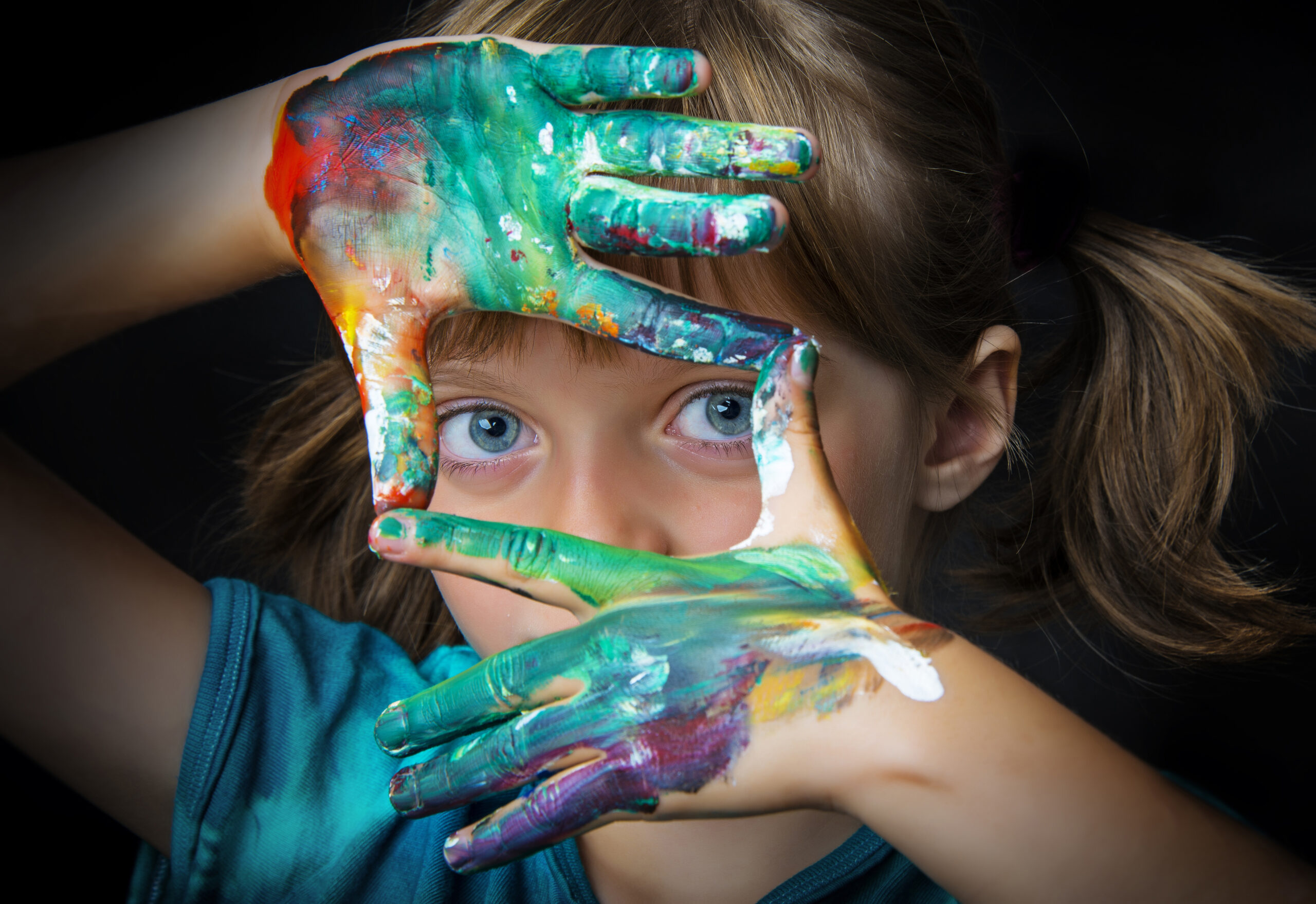The Rise of Digital Artwork
In today’s digital age, the world of art is undergoing a transformation with the rise of digital artwork. Digital art, also known as new media art, is a form of artistic expression that utilizes digital technology to create stunning visual masterpieces.
Unlike traditional art forms that rely on physical materials like paint and canvas, digital artwork is created using computers, software programs, and other digital tools. Artists harness the power of technology to manipulate images, create animations, and produce interactive installations that push the boundaries of creativity.
One of the key advantages of digital artwork is its versatility and accessibility. Artists can experiment with different techniques and styles without being limited by traditional constraints. The digital medium allows for endless possibilities in terms of color, texture, and composition, enabling artists to explore new artistic horizons.
Furthermore, digital artwork has opened up new avenues for collaboration and interaction within the art community. Artists can easily share their work online, connect with other creatives from around the world, and engage with audiences in innovative ways. The internet has become a virtual gallery where digital artists can showcase their talents to a global audience.
As technology continues to advance, the potential for digital artwork is limitless. From virtual reality experiences to AI-generated artworks, the future of digital art promises to be exciting and groundbreaking. Digital artists are at the forefront of this creative revolution, shaping the way we perceive and appreciate art in the modern era.
Whether it’s creating immersive installations or designing captivating animations, digital artists are redefining what it means to be an artist in the 21st century. Their work challenges conventions, sparks conversations, and inspires audiences to see the world through a new lens.
As we embrace this digital renaissance in artistry, we celebrate the ingenuity and vision of digital artists who continue to push boundaries and redefine artistic expression in our increasingly digitized world.
Understanding Digital Artwork: Definitions, Creation, NFTs, and Beginner Benefits
- What is the meaning of digital artwork?
- How do I make digital artwork?
- What is digital art and NFT?
- Is digital art better for beginners?
What is the meaning of digital artwork?
The meaning of digital artwork refers to artistic creations that are produced using digital technology, such as computers, software programs, and other digital tools. Digital artwork encompasses a wide range of visual expressions, including digital paintings, graphic designs, animations, and interactive installations. Artists harness the power of technology to manipulate images, experiment with colors and textures, and create innovative compositions that challenge traditional artistic boundaries. The essence of digital artwork lies in its ability to blend creativity with technology, offering artists a versatile medium for self-expression and pushing the boundaries of traditional art forms in the modern era.
How do I make digital artwork?
Creating digital artwork involves a combination of creativity, technical skills, and digital tools. To make digital artwork, you can start by choosing the right software that suits your artistic style and preferences, such as Adobe Photoshop, Illustrator, Procreate, or Corel Painter. Familiarize yourself with the software’s features and functions to manipulate images, create illustrations, or design graphics. Experiment with different techniques like layering, blending modes, and brushes to bring your ideas to life digitally. Additionally, explore online tutorials, workshops, and resources to enhance your skills and learn new ways to express your creativity through digital art. Remember that practice and experimentation are key to mastering the art of creating digital artwork.
What is digital art and NFT?
Digital art refers to artistic creations that are produced using digital technology, such as computers, software programs, and digital tools. It encompasses a wide range of mediums, including digital paintings, illustrations, animations, and interactive installations. On the other hand, NFTs (Non-Fungible Tokens) are unique digital assets that represent ownership or proof of authenticity for a specific piece of digital art. NFTs have gained popularity in the art world as they provide a way to authenticate and sell digital artworks securely using blockchain technology. The combination of digital art and NFTs has opened up new possibilities for artists to monetize their work, establish ownership rights, and engage with collectors in the evolving landscape of the art market.
Is digital art better for beginners?
When considering whether digital art is better for beginners, it’s important to recognize the unique advantages that the digital medium offers. For novice artists, digital tools can provide a more forgiving and versatile platform for experimentation and learning. With features like undo/redo functions, layers, and digital brushes, beginners can easily correct mistakes and explore different techniques without the fear of ruining their work. Additionally, digital art software often comes with tutorials and resources that can help beginners develop their skills and understanding of artistic principles. While traditional art forms have their own merits, digital art can be a welcoming entry point for aspiring artists looking to express their creativity in a dynamic and accessible way.




